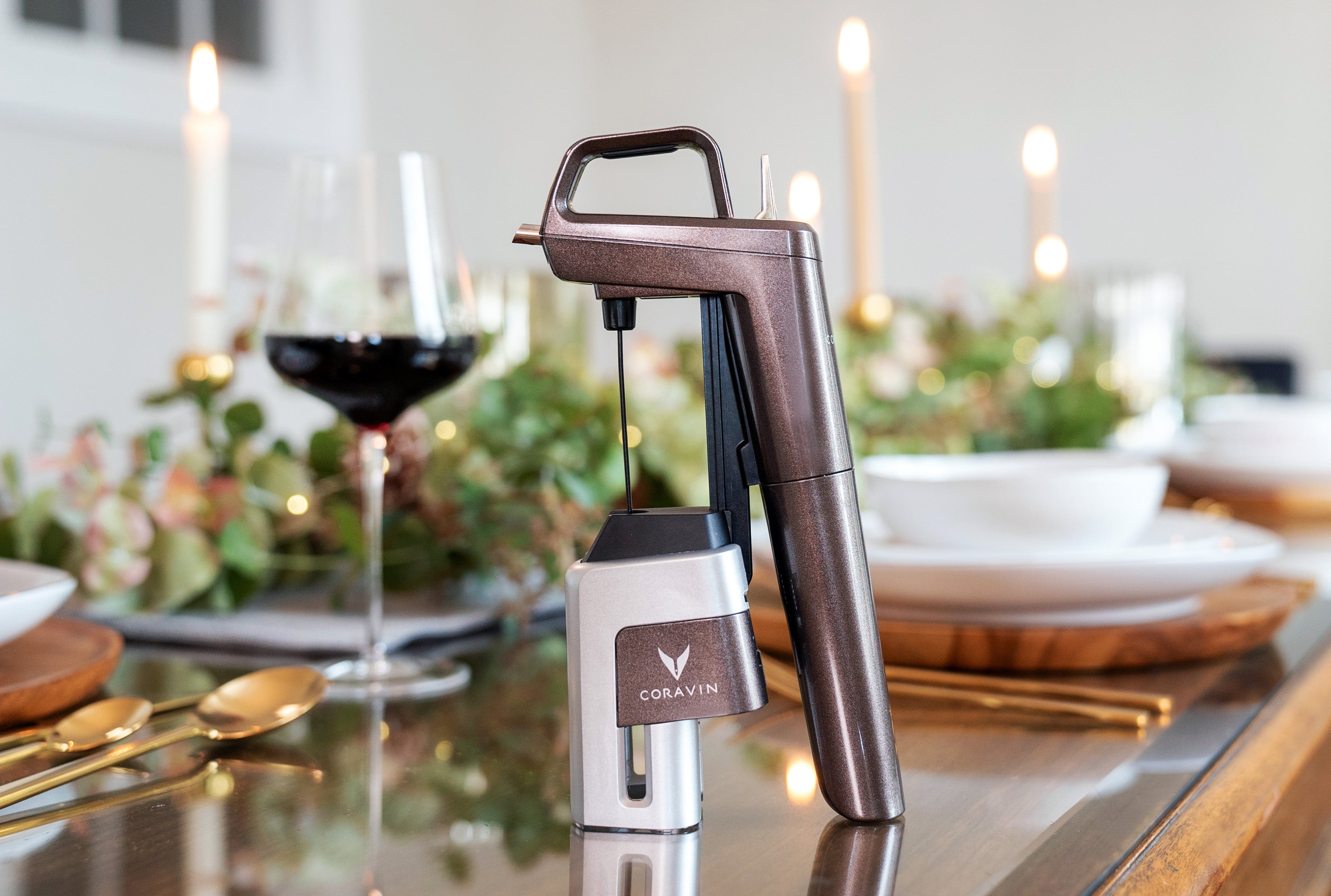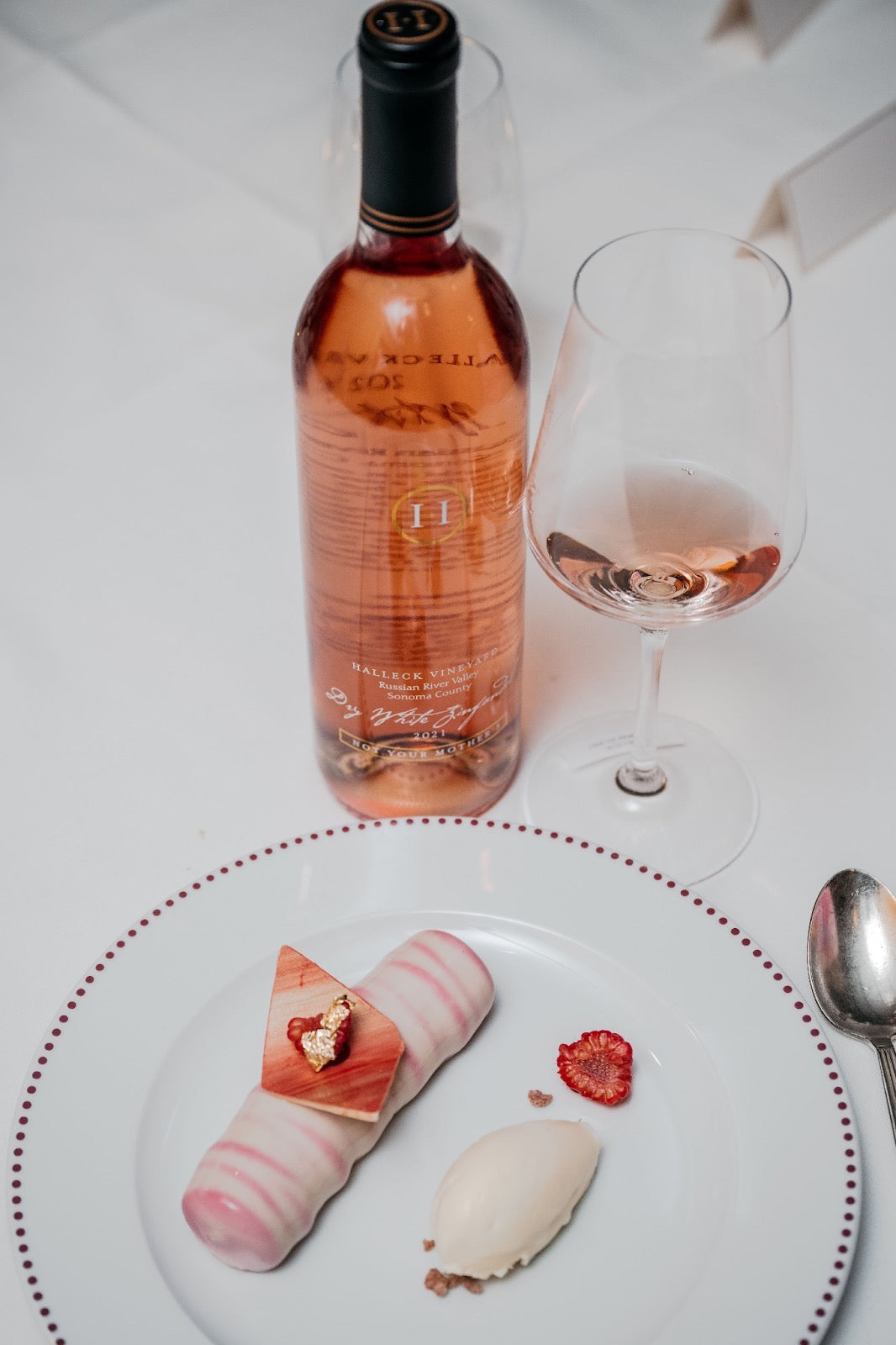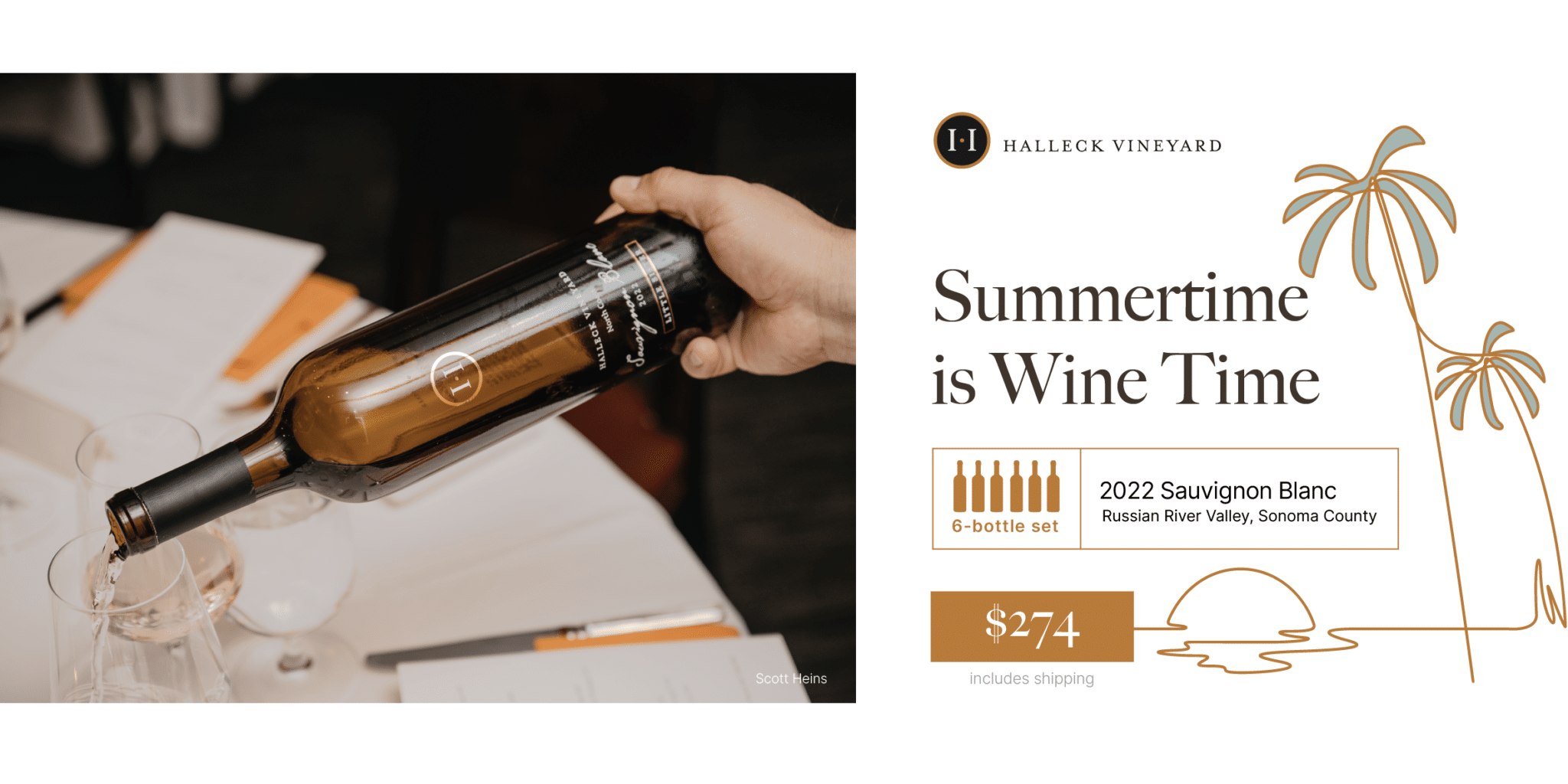Wineries Promoting Sustainable Farming - Sonoma County's Best Wine Experiences
Wineries Promoting Sustainable Farming - Sonoma County's Best Wine Experiences
Blog Article
Hidden Gem Wineries In Sonoma County - The Beauty Of Sebastopol Wineries
Wine tasting is an art that combines sensory experience with an appreciation for the nuances of different varietals. How to judge flavors in winery wine tasting sessions is pivotal to grasping the complexities of wine.
Partaking in a wine tasting involves greater than merely sipping and savoring. It requires a targeted method to determine aromas and flavors that each wine presents. As you start, observe the wine's appearance, noting its shade and readability. These visual cues often suggest a wine’s age, grape variety, and even potential flavor profiles.
The next step in the tasting process is to swirl the wine in your glass. This action releases fragrant compounds which are important for analysis. Lean in and take a moment to inhale deeply; the aromas can range from floral and fruity to spicy and earthy. The nose of the wine is just as necessary because the palate, and recognizing scents performs a big role in understanding the general experience.
When taking your first sip, allow the wine to move throughout your palate - Unique Wine And Food Pairings In Sonoma. Discover the initial flavors that current themselves. Is the wine fruity, floral, or perhaps herbaceous? This preliminary taste gives perception into what the wine is prone to categorical as you proceed to evaluate it. The mouthfeel also contributes to the general flavor experience; it could be silky, tannic, or even effervescent.
Wineries With Unique Varietals - Wine Tours And Tastings In Sebastopol
As you proceed tasting, take note of the wine’s steadiness. A well-balanced wine will harmonize acidity, sweetness, and tannins. If one component overwhelms the others, it might indicate a much less desirable quality. Evaluating stability may help you identify how nicely the wine may pair with food.
Transitioning to the finish, contemplate how the flavors evolve because the wine lingers on your palate. A long, nice end can indicate a high-quality wine, while a short or abrupt finish would possibly suggest otherwise. Replicate on whether the flavors stay constant or if new notes emerge as the wine settles. This progression can reveal complexities and intricacies which may not have been apparent in the preliminary tasting.
Temperature is also a crucial factor in evaluating wine flavors. Different kinds of wine are optimally loved at particular temperatures. White wines typically shine when chilled, while red wines typically perform greatest at room temperature. When tasting, ensure the wine is at the applicable temperature to completely appreciate its character.
Wineries Perfect For A Relaxing Afternoon - Best Winery Located In Sonoma
Pairing food with wine can significantly enhance the tasting experience. Foods can affect the perception of flavors in wine, both highlighting certain characteristics or diminishing them. When evaluating flavors, think about how the wine interacts with totally different meals, noticing which flavors are amplified or muted (Wineries That Offer Food Trucks On Weekends).

Contemplate the influence of terroir as you have interaction in a winery tasting. Terroir encompasses the distinctive environmental elements that have an result on grape rising, together with soil composition, climate, and geography. Understanding a wine's terroir can provide insight into its flavors and aromas, fostering a deeper appreciation for the alternatives made during its cultivation and production.
Schooling plays a basic function in enhancing one's capability to judge wine flavors. Learning about grape varieties, wine areas, and manufacturing methods can pave the best way for extra knowledgeable judgments throughout tastings. Moreover, attending workshops or classes can refine sensory skills and broaden your flavor vocabulary, enabling you to articulate tasting notes more effectively.

Lastly, it's essential to keep in thoughts that evaluating wine flavors is a extremely personal experience. Individual preferences and perceptions will invariably shape one’s tasting journey. Enjoyment ought to be at the forefront, with the analysis process performing as a software to boost understanding and appreciation rather than create rigid tips.
Eco-Friendly Wineries In Sonoma County - Vineyard Experiences In Sonoma
In conclusion, mastering the means to evaluate flavors in winery wine tasting periods involves a combination of sensory engagement, knowledge, and practice. By studying to establish aromas, assess the balance, and recognize the intricacies of flavor, wine enthusiasts can deepen their connection to each bottle they encounter. As with any art kind, the more one immerses themselves within the experience, the extra they will discover and benefit from the huge world of wine.
- Start by observing the wine's colour and clarity, as these visible components can hint at its flavor profile and aging potential.
- Swirl the wine gently in your glass; this releases aromatic compounds, permitting you to better identify the advanced scents related to the wine.
- Take a deep inhale earlier than tasting, specializing in each major and secondary aromas to gather insights on fruits, spices, and other nuances.
- When tasting, permit the wine to coat your palate; note the initial flavors, the mid-palate complexity, and the finish as these phases can provide totally different flavor highlights.
- Pay attention to texture and mouthfeel, as elements similar to tannin ranges, acidity, and sweetness contribute considerably to the overall tasting experience.
- Evaluate flavors towards standard wine characteristics; for red wines, consider berry notes, oak influence, and natural tones, while whites may embody citrus, stone fruits, and floral hints.
- Take notes in the course of the tasting session to track your impressions, serving to you to remember and consider the different wines sampled.
- Discuss your findings with fellow tasters or winery workers, as sharing insights can improve understanding and appreciation of particular person flavors.
- Permit time for the wine to breathe; typically, flavors evolve and reveal new dimensions after being exposed to air.
- Experiment with food pairings during the tasting as they will dramatically alter how flavors are perceived, influencing total enjoyment.undefinedWhat ought to I search for when evaluating the aroma of wine throughout a tasting?
Start by swirling the wine in your glass to launch its aromas. Deliver the glass to your nose and take a deep breath. Pay consideration to the first scents you detect, as these are often the most outstanding. Look for fruit, floral, natural, or earthy notes and attempt to establish specific traits, which can deepen your understanding of the wine's complexity.
Wineries That Host Harvest Festivals - Wineries With Outdoor Tastings In Sebastopol

How can I distinguish between totally different flavor profiles in wine?
Perceive that flavor profiles are often categorized as fruit, floral, herbaceous, spicy, or mineral. Take small sips and allow the wine to coat your palate. Notice the first flavors that emerge first and the subtle notes that follow. This layering is important in distinguishing the wine's traits and can help you recognize its distinctive profile.
Wineries Providing Guided Vineyard Walks - Best Vineyard Visits In Sonoma
What is the significance of the wine's texture in a tasting?

The texture of the wine, also called mouthfeel, performs an important function in how we perceive flavors. Pay attention as to whether the wine feels clean, creamy, or gritty. The physique of the wine (light, medium, or full) can enhance or contrast with flavors, offering a extra rounded experience throughout tasting.
How do I assess the steadiness of flavors in wine?
Steadiness in wine refers back to the concord between acidity, sweetness, tannin, and alcohol. Take a second to evaluate whether these parts complement or intrude with each other. A well-balanced wine will have none of its components overpowering the others, creating a pleasant tasting experience.
Vineyard Picnic Spots In Sonoma Valley - Tasting Fine Wines In Sonoma County
What role does temperature play in evaluating wine flavors?
Temperature can considerably influence the perception of flavors. Usually, purple wines are finest served slightly under room temperature, whereas visit this web-site white wines benefit from being chilled. As the temperature adjustments, the aromas and flavors can shift, permitting you to perceive totally different traits. It’s essential to taste wine at its optimum temperature for true analysis.
Artisan Wineries In Russian River Valley - The Beauty Of Sebastopol Wineries
How can I improve my tasting skills over time?
Practice is key to enhancing your tasting skills. Wineries With Unique Tasting Experiences. Attend tastings, hold a journal of your experiences, and discover different types of wines to broaden your palate. Additionally, learning about wine production and grape varieties can provide context that enhances your evaluation process, making you a extra knowledgeable taster.
Is there a specific order during which I ought to style the wines?
Charming Wineries Offering Wine And Food Pairings - Sonoma Wine Tasting Adventures
Sure, it’s advisable to taste wines from light to full-bodied and dry to sweet. This progression prevents the stronger flavors from overshadowing the more delicate ones, permitting you to fully appreciate every wine's traits and nuances without palate fatigue.
How can I evaluate the aftertaste of wine?
Remarkable Craft Wineries In Sebastopol - Tasting Experiences In Sebastopol Vineyards
The aftertaste, or end, is an important aspect of the wine-tasting experience. After swallowing, take note of how lengthy the flavors linger on your palate and whether they change. A lengthy, pleasant finish is commonly an indicator of a high-quality wine, whereas a brief or disagreeable end could counsel in any other case.
Why is it necessary to notice the wine’s acidity during tasting?
Acidity contributes to the overall freshness and structure of the wine. Pay consideration to the tingling sensation in your tongue; greater acidity can enhance the wine's liveliness and stability out sweetness. Noting acidity helps determine the wine's versatility with food and its aging potential.
What should I do if I battle to establish specific flavors in wine?
Spectacular Vineyard Views In Sonoma - Sebastopol Wine Country
Struggling to identify flavors is widespread, particularly for novices. Focus on broader here are the findings classes and describe what you probably can acknowledge, corresponding to candy or earthy notes. With practice, studying about different flavor profiles, and perhaps using flavor wheels, you'll refine your senses and develop a more nuanced approach to tasting. Report this page